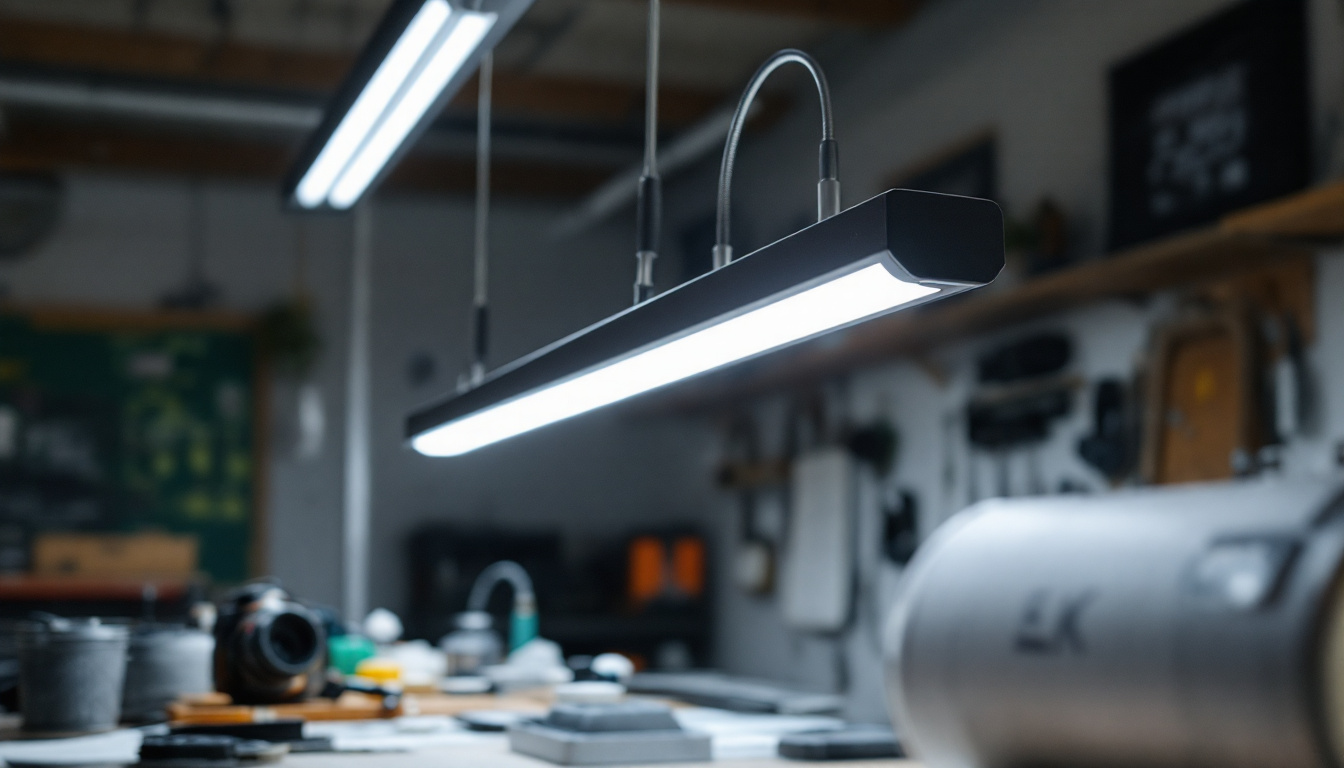
Fluorescent shop lights have long been a staple in commercial and industrial settings, providing efficient and effective illumination. However, as technology evolves, so too do the demands and expectations for lighting solutions. For lighting contractors, understanding how to future-proof lighting projects is essential in ensuring that installations remain relevant and efficient for years to come. This article delves into the various aspects of fluorescent shop lights and offers insights on how to navigate the changing landscape of lighting technology.
Fluorescent lighting has undergone significant changes since its inception. Originally, these lights were primarily used for their energy efficiency compared to incandescent bulbs. Over time, advancements in technology have led to improved designs, better color rendering, and enhanced energy savings. Understanding this evolution is crucial for contractors aiming to provide clients with the best possible solutions.
One of the primary advantages of fluorescent shop lights is their energy efficiency. These lights consume less power than traditional incandescent bulbs, which translates to lower electricity bills for businesses. Moreover, as environmental concerns continue to rise, many organizations are seeking ways to reduce their carbon footprint. Fluorescent lights, particularly those that are ENERGY STAR certified, can contribute significantly to these sustainability goals.
However, it is essential to consider the environmental impact of fluorescent lights beyond their energy consumption. The presence of mercury in fluorescent bulbs poses disposal challenges. As regulations around hazardous waste become stricter, contractors must be informed about proper disposal methods and alternatives that minimize environmental risks. Furthermore, the rise of LED technology has prompted discussions about the future of fluorescent lighting. While LEDs offer even greater energy efficiency and longer lifespans, the transition from fluorescent to LED lighting solutions must be managed carefully to avoid unnecessary waste and ensure that the benefits of both technologies are understood.
Recent technological advancements in fluorescent lighting have led to the introduction of more sophisticated options. For example, electronic ballasts have replaced magnetic ballasts, providing better efficiency and reducing flicker. Additionally, the development of T5 and T8 fluorescent tubes has allowed for slimmer designs without compromising on light output.
Contractors should stay updated on the latest innovations in fluorescent technology to ensure that they are offering clients the most effective solutions. This includes understanding the benefits of newer models and being able to explain these advantages to clients who may be hesitant to move away from traditional lighting options. Moreover, the integration of smart lighting systems has begun to make its way into the fluorescent lighting sector, allowing for greater control over lighting environments. These systems can adjust brightness based on occupancy or natural light levels, further enhancing energy savings and user comfort. As the industry continues to evolve, it is vital for contractors to not only embrace these advancements but also to educate their clients on how to leverage them for maximum benefit.
When it comes to selecting fluorescent shop lights for a project, several factors come into play. The right choice can significantly impact the overall effectiveness and efficiency of the lighting solution.
One of the key considerations in choosing fluorescent shop lights is understanding lumens and color temperature. Lumens measure the amount of light produced by a bulb, while color temperature affects the ambiance of the space. For instance, a cooler color temperature (above 4000K) is often preferred in work environments, as it promotes alertness and productivity.
Contractors should assess the specific needs of each project, considering factors such as the size of the space, the tasks being performed, and the desired atmosphere. By doing so, they can recommend the appropriate lumens and color temperature to ensure optimal lighting conditions. Additionally, it’s worth noting that different tasks may require varying levels of brightness; for example, intricate work such as woodworking or electronics assembly may benefit from higher lumens, while general storage areas may not require as much light.
The design and placement of fluorescent shop lights can greatly influence their effectiveness. Fixtures come in various styles, including surface-mounted, suspended, and recessed options. Each design serves different purposes and can enhance the overall aesthetic of the space.
Proper placement is also crucial. In larger areas, for instance, spacing fixtures appropriately can help eliminate shadows and ensure even light distribution. Contractors should consider the layout of the space, the height of the ceilings, and any potential obstructions when planning the placement of fluorescent lights. Furthermore, using a combination of fixture types can create a layered lighting effect, which not only improves visibility but also adds depth and dimension to the environment. For instance, combining overhead fluorescent lights with task lighting in workstations can provide both general illumination and focused light where it’s needed most, enhancing both safety and productivity.
As the demand for smart technology continues to grow, integrating smart features into fluorescent lighting projects can be a game-changer. Smart lighting systems allow for greater control and flexibility, enabling users to adjust brightness, color temperature, and even scheduling through mobile apps or voice commands. This level of customization not only enhances user experience but also aligns with the increasing trend towards energy-efficient solutions in both residential and commercial settings.
Implementing smart technology in fluorescent shop lights can lead to significant benefits. For one, it enhances energy efficiency by allowing users to turn off lights when not needed or adjust brightness based on natural light levels. This can result in substantial cost savings over time. Furthermore, smart lighting can be programmed to follow specific routines, such as dimming during off-peak hours or brightening during peak business hours, which can further optimize energy consumption and reduce waste.
Additionally, smart lighting can improve workplace safety and productivity. For instance, motion sensors can automatically turn lights on when someone enters a space, ensuring that areas are well-lit without requiring manual intervention. This not only helps in preventing accidents but also contributes to a more welcoming environment. Moreover, studies have shown that appropriate lighting can enhance mood and focus, leading to increased employee satisfaction and performance.
When integrating smart technology into fluorescent lighting projects, contractors must consider compatibility with existing systems. Not all fluorescent fixtures are designed to accommodate smart features, so it is essential to choose products that are specifically designed for this purpose. Additionally, the installation of smart lighting systems may require updates to electrical infrastructure or the addition of new components, which can impact project timelines and budgets.
Moreover, contractors should be prepared to educate clients on the benefits and operation of smart lighting systems. Providing training or resources can help ensure that users make the most of their new technology, ultimately leading to higher satisfaction rates. It’s also important to discuss potential security concerns associated with smart technology, as connected devices can be vulnerable to hacking. By addressing these issues upfront, contractors can foster trust and confidence in the adoption of smart lighting solutions, paving the way for a smoother integration process.
While fluorescent shop lights offer numerous advantages, contractors may encounter challenges during installation and maintenance. Understanding these challenges and having strategies to address them is vital for successful project execution.
Flickering lights can be a common issue with fluorescent fixtures, often caused by outdated ballasts or incompatible dimmer switches. This can be particularly problematic in environments where consistent lighting is essential, such as in workshops or retail spaces.
To address flickering, contractors should ensure that they are using compatible components. Upgrading to electronic ballasts and using dimmers specifically designed for fluorescent lighting can help mitigate these issues. Additionally, educating clients about the importance of regular maintenance can prevent flickering from becoming a recurring problem.
Fluorescent shop lights have a finite lifespan, typically lasting between 7,000 to 15,000 hours. As they near the end of their life, they may begin to dim or flicker, necessitating replacement. Contractors should emphasize the importance of proactive maintenance to clients, encouraging them to monitor the performance of their lighting systems.
Implementing a maintenance schedule can help identify issues before they become significant problems. Regular inspections can ensure that fixtures are functioning optimally and that any necessary replacements are made in a timely manner.
As the lighting industry continues to evolve, staying ahead of future trends is crucial for contractors. Understanding these trends can help in making informed decisions about product selection and project planning.
While fluorescent lighting remains popular, LED technology is rapidly gaining traction due to its superior energy efficiency and longevity. Many businesses are transitioning to LED solutions, which can last up to 25,000 hours or more. This shift may impact the demand for fluorescent shop lights in the coming years.
Contractors should be aware of the benefits and limitations of both fluorescent and LED lighting. While fluorescent lights may still be suitable for certain applications, understanding when to recommend LED solutions can position contractors as knowledgeable and forward-thinking professionals.
The rise of smart buildings is another trend that lighting contractors should consider. As more companies invest in smart technology for energy management, security, and automation, integrating lighting systems into these frameworks will become increasingly important.
Contractors should familiarize themselves with building management systems (BMS) and how lighting can be incorporated into these systems. This knowledge will enable them to offer comprehensive solutions that meet the evolving needs of their clients.
Fluorescent shop lights have proven their worth in various applications, but the landscape of lighting technology is changing. For lighting contractors, understanding how to future-proof lighting projects is essential in providing clients with effective, efficient, and sustainable solutions.
By staying informed about advancements in technology, understanding the unique needs of each project, and integrating smart features, contractors can ensure that their lighting installations remain relevant and beneficial for years to come. As the industry continues to evolve, embracing change and adapting to new trends will be key to success in the competitive lighting market.
Ready to elevate your lighting projects with the latest technology and ensure they stand the test of time? Look no further than LumenWholesale for all your lighting needs. We provide contractors with high-quality, specification-grade lighting products at unbeatable wholesale prices, directly cutting out the middleman. Our extensive selection is designed to meet the highest industry standards, guaranteeing reliable and high-performance lighting for every project. Plus, with free shipping on bulk orders, you can enjoy premium lighting solutions at the best value—without hidden fees or compromises. Don’t let outdated lighting hold you back. Wholesale Lighting at the Best Value is just a click away. Upgrade your lighting today and future-proof your projects with LumenWholesale.
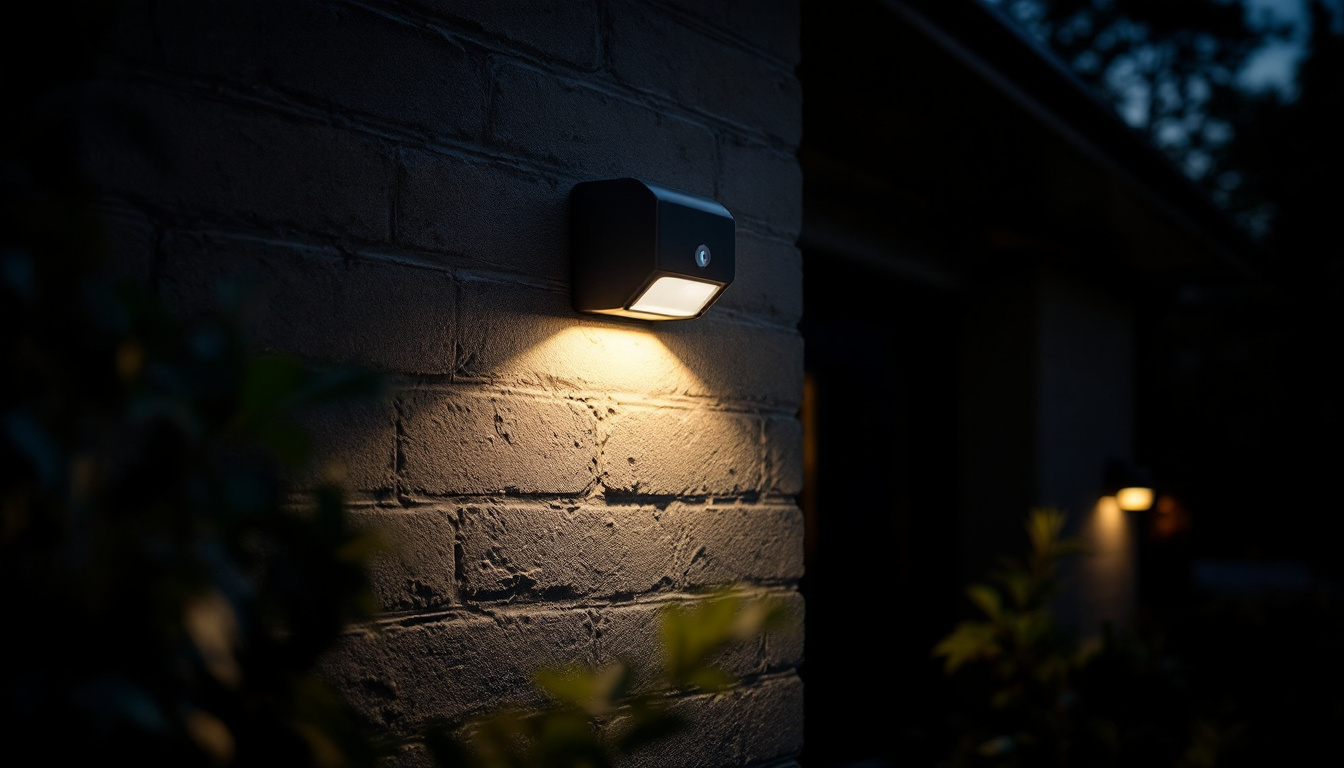
Discover essential insights into motion sensing lights tailored for lighting contractors.
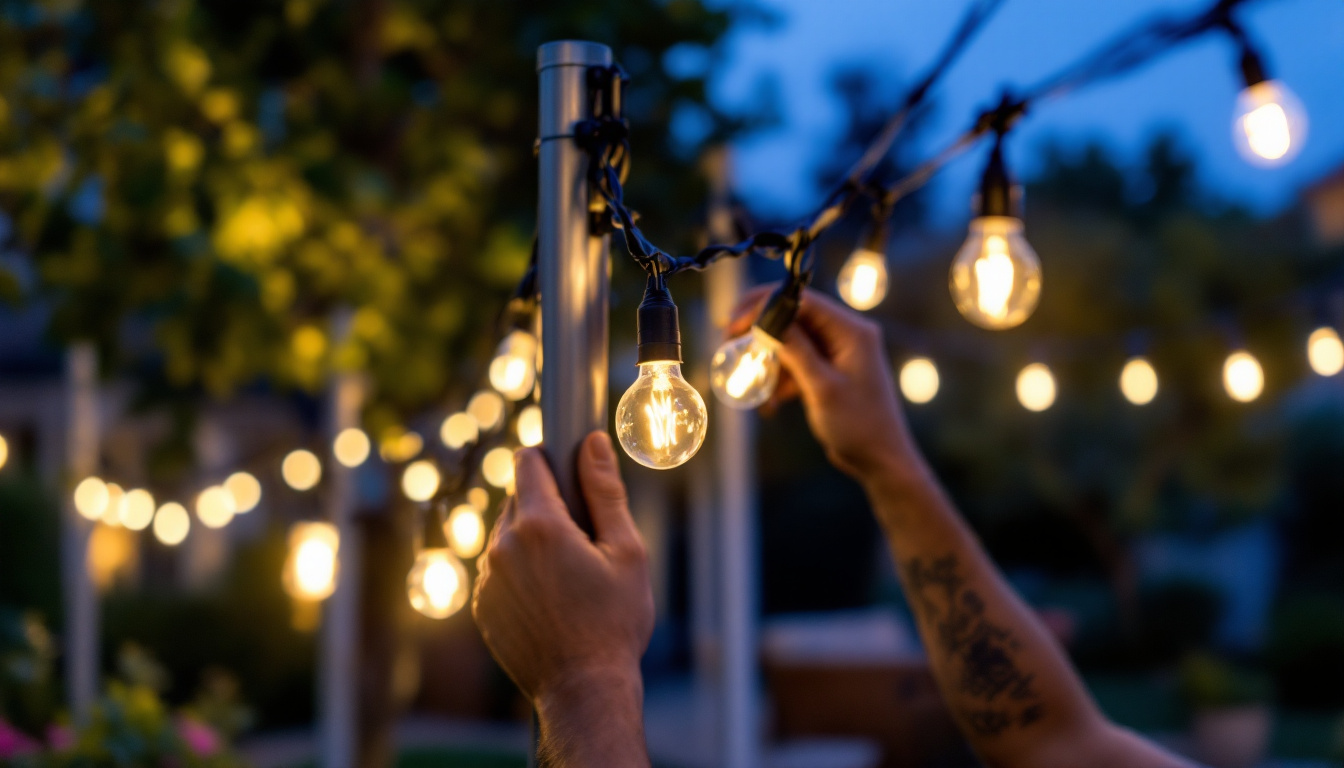
Discover the advantages and drawbacks of using string lights pole anchors in your lighting projects.
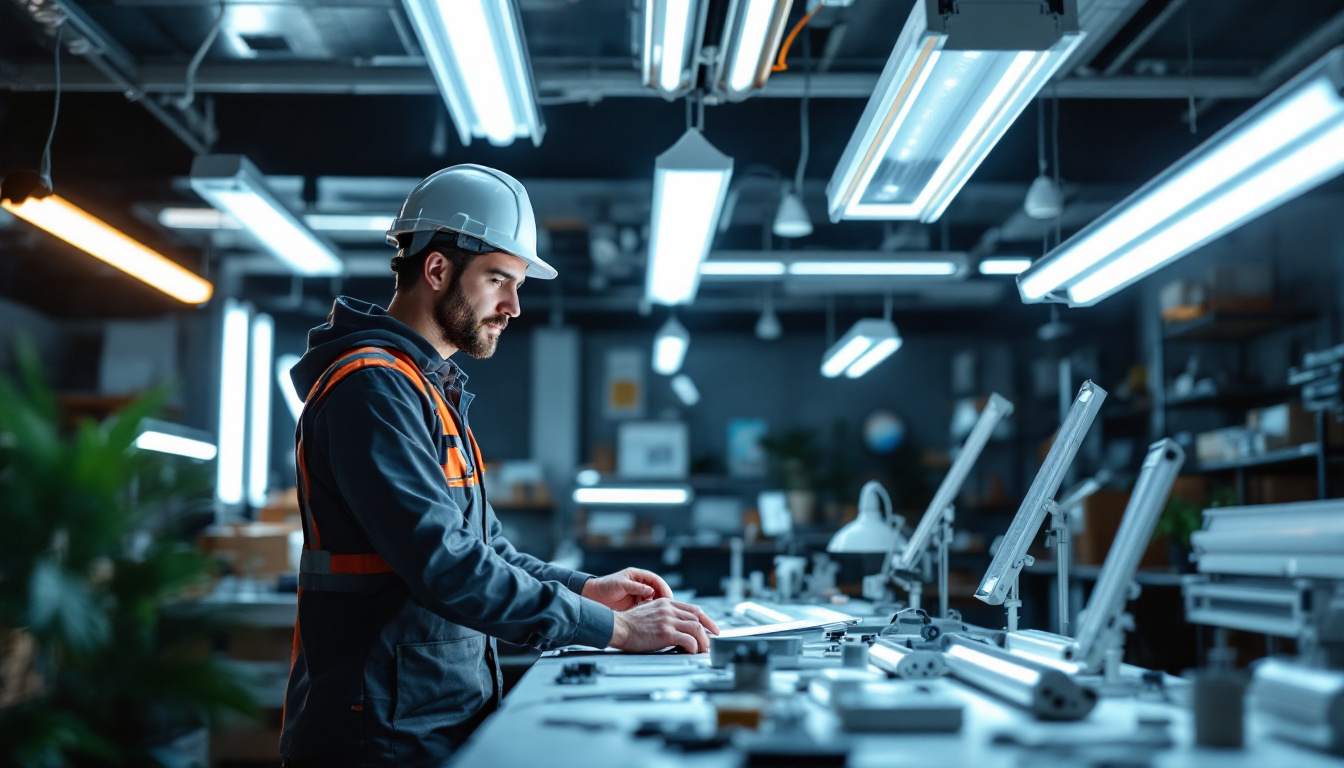
Discover the top five reasons why lighting contractors should prioritize different types of fluorescent lights.
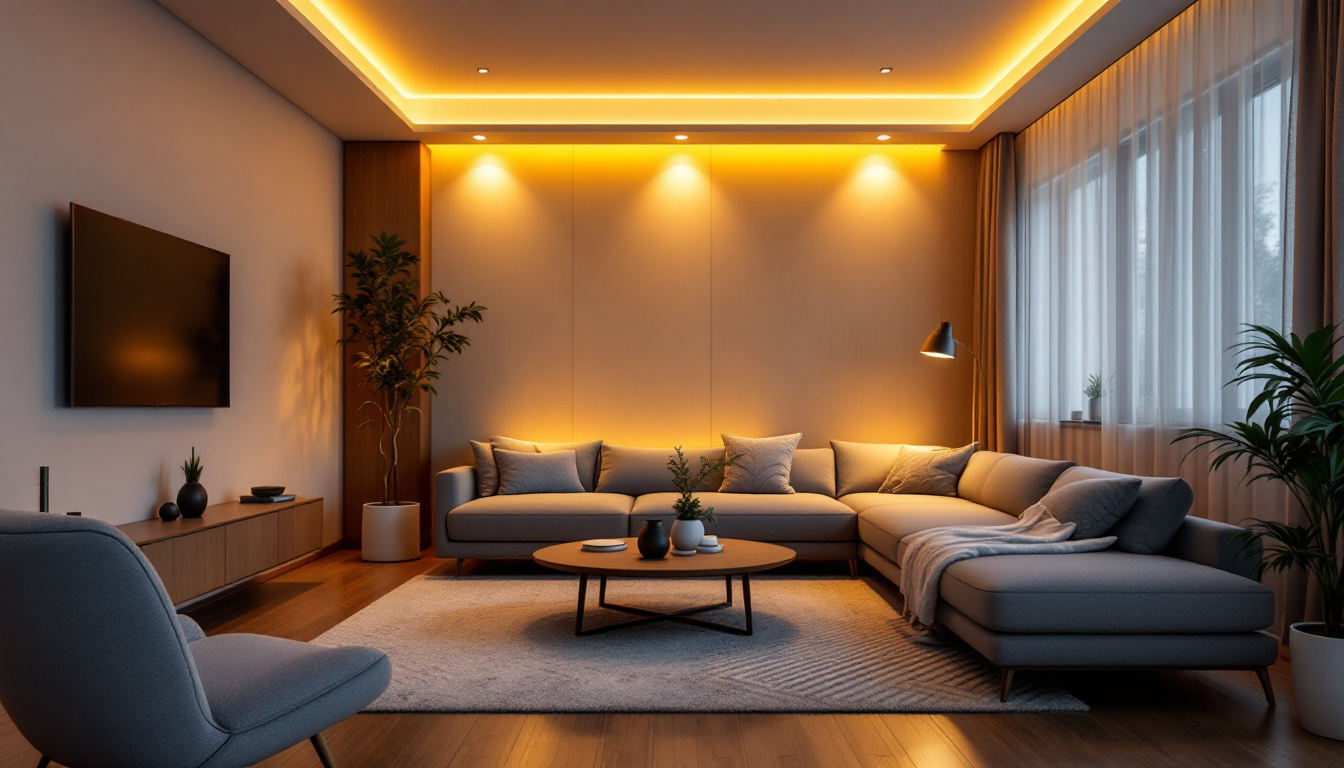
Discover the ultimate guide to LED replacement can lights, covering everything from installation tips to energy-saving benefits.